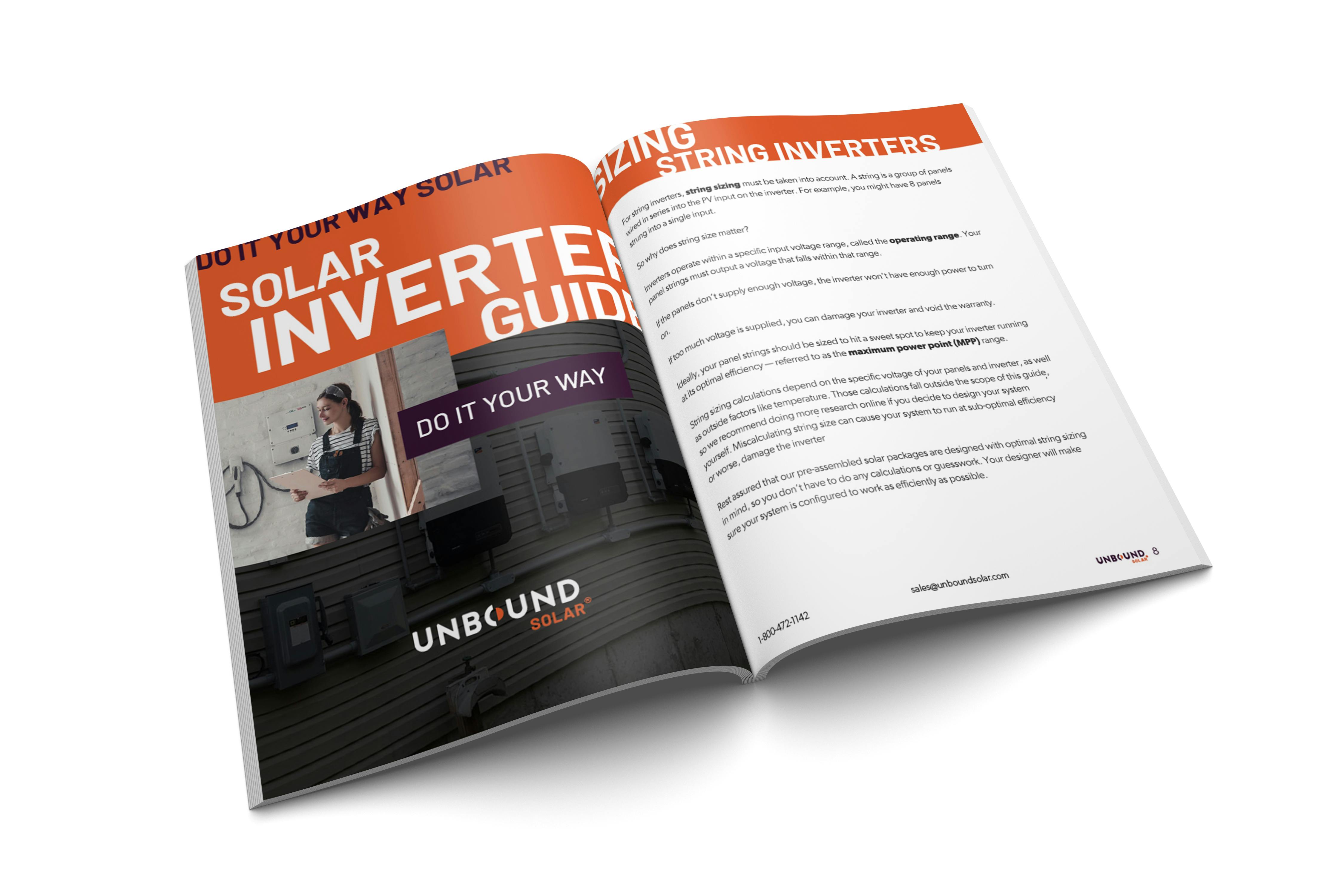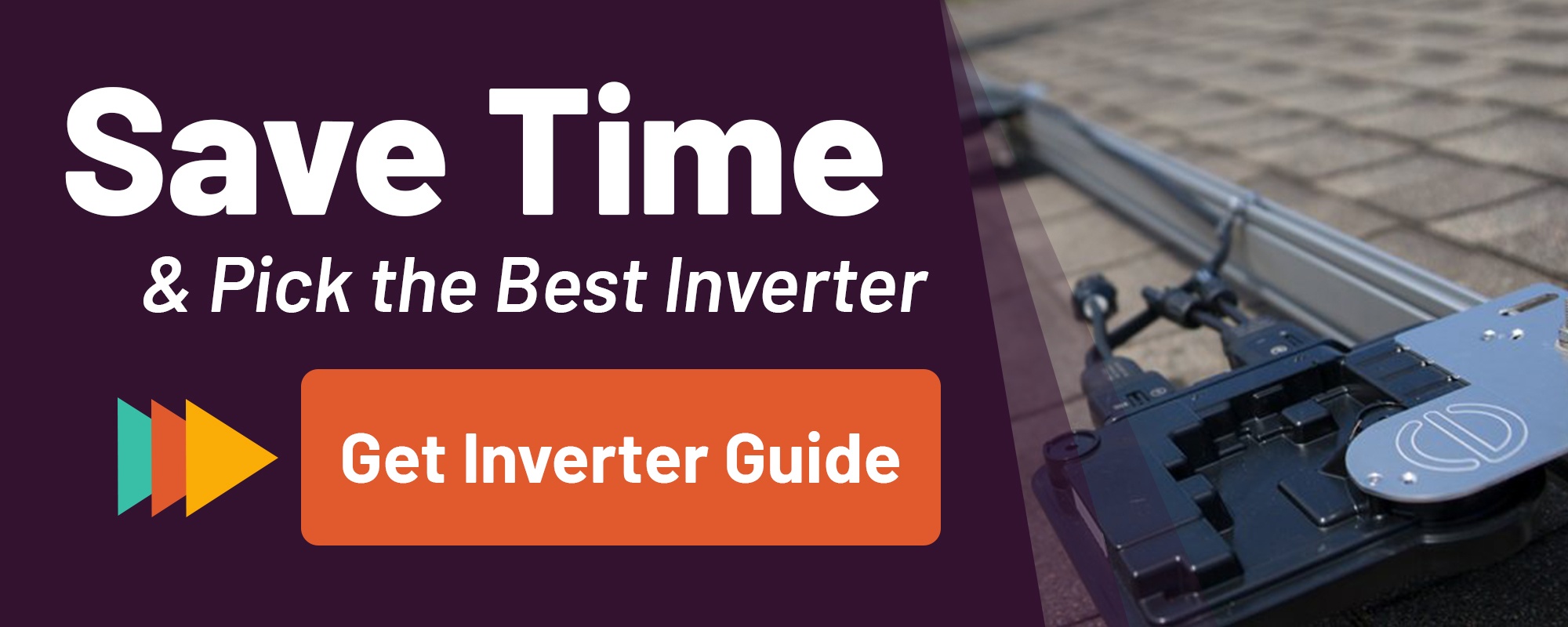Sma Sunny Boy Design Tool
SMA Sunny Boy Review: Quick Summary
The SMA Sunny Boy costs less than other grid-tie inverters, but it only works if you build your system in full sunlight and face all your panels in the same direction.
The Sunny Boy is our preferred choice if you don't need panel-level power optimization. But if you face issues with panel layout or shading, you'll be better served by the SolarEdge HD-Wave or Enphase micro-inverters.
SMA has long been regarded as one of the most reliable string inverter manufacturers in the solar industry. In this article, we'll review the SMA Sunny Boy, our pick for best inverter for "standard" grid-tied solar systems.
The Sunny Boy shines in systems that won't be affected by shading, panel orientation, or other concerns that would impact production from your panels.
It's not the most versatile, high-tech inverter around. But if you're building a typical fixed-mount system that will receive full sunlight year-round, the Sunny Boy gives you more bang for your buck than any other grid-tied inverter on the market.

FREE Solar Inverter Guide
SMA Sunny Boy Pricing
SMA offers a range of Sunny Boy models from 3 kW to 7.7 kW for residential grid-tie systems. Please note that the prices published here are current as of 1/2/20, but are subject to change in the future. Click the product links to view current pricing in our shop.
| Model | Price | Cost Per Watt |
| Sunny Boy 3.0kW | $1,261 | 42 cents/watt |
| Sunny Boy 3.8kW | $1,245 | 32 cents/watt |
| Sunny Boy 5.0kW | $1,325 | 27 cents/watt |
| Sunny Boy 6.0kW | $1,525 | 25 cents/watt |
| Sunny Boy 7.0kW | $1,659 | 23 cents/watt |
| Sunny Boy 7.7kW | $1,920 | 25 cents/watt |
SMA Sunny Boy 7.7 kW Specs
Here's a quick look at the specs for our most popular Sunny Boy model, the 7.7 kW configuration. It's worth noting that the 3.0 and 3.8 kW models have 2 string inputs (instead of 3), but other specs like efficiency, warranty and voltages are the same for all the residential models listed in the table above.
- Model: Sunny Boy 7.7 kW
- Wattage: 7700 watts
- Peak Efficiency: 97.5%
- Warranty: 10 years
- Input voltage: 600V DC
- Output voltage: 240V AC
- String Inputs: 3
Ideal Application For The SMA Sunny Boy
It's important to understand the limitations of string inverters to help decide whether they are the right choice for your project.
A panel string is a group of panels that is wired into a single input on the inverter. Because the panels are wired in series, the production of every panel in the string is linked together.
If one panel suffers a drop in production, every panel in the string drops to match the output of the weakest panel.

You may own a string of 330W panels, but if a single panel in the string falls to 250W production, every panel in that string is going to produce 250W of power. That's an 800W production loss over a 10-panel string—nearly a 25% loss in output.
For this reason, the Sunny Boy only makes sense when you can build your panels in a location that is fully exposed to sunlight year-round.
If trees, chimneys or other obstructions throw shade on a panel, it will cripple the production of a string, which affects your entire system.
It's also not ideal if your panels face different directions—if you need to spread them across an unusually-shaped roof, for example. Panels work best when they face directly into the sun (ideally, you want to point them toward the Equator, which means a South-facing array is ideal for systems built in the US).
If some panels in a string face South and some panels face East, the East-facing panels will produce less power because they don't point directly into the sun. The entire string will drop to match the output of the East-facing panels, sacrificing the extra output from those that face South.
Different strings can have different orientations, but all panels in a string should face the same direction.
To mitigate these issues, you would be better served by an inverter system with panel-level optimization like the SolarEdge HD-Wave or Enphase IQ7+ micro-inverters.
However, if you don't need to worry about
Compare your options with our video review of the best grid-tie inverters on the market:
Pros of the SMA Sunny Boy
Best Value Inverter on the Market (In Ideal Conditions)
The Sunny Boy is the most cost-effective grid-tied inverter you can buy, provided your system meets a few criteria:
- Built in full sunlight (not blocked by trees, chimneys or other obstructions)
- Panels face the same direction
- Large enough to meet minimum string sizing requirements (at least 4-6 panels depending on the panel and inverter models you choose)
Let's compare two systems that would produce 906 kWh per month, enough to offset the national average energy usage for American households. (Prices are current as of 1/2/20.)
- 20-panel SMA Sunny Boy System – $9,618
- 20-panel SolarEdge HD-Wave System – $10,225
The systems are identical aside from the inverter equipment, and the Sunny Boy system costs nearly $1,600 less than the HD-Wave. You can save quite a bit of money if your system is built in full sunlight and you don't need the power optimizers featured in the HD-Wave system.
Secure Power Supply
A feature unique to SMA inverters is the Secure Power Supply (SPS). The SPS provides a source of backup power in case of emergencies.
If your power goes out, you can plug into the SPS, a 2000-watt power source that draws backup power from your panels even if the grid is down. This is a nice failsafe to power critical appliances during an outage.
One caveat is that your panels must be exposed to sunlight and producing power for this to work, since the SPS draws electricity in real-time from the panels to make this feature work. At night or during heavy storms, the SPS is not a reliable substitute for a fully-equipped grid-tie system with energy storage.
Optimizers Are Optional
The SolarEdge HD-Wave comes with mandatory power optimizers—the system won't work without them. With the Sunny Boy, the optimizers are an optional add-on.
This gives you the flexibility to start with the base Sunny Boy package, then retrofit optimizers on to the panels if you think they're necessary.
For example, your system might be fully exposed to sunlight in the summer, but then you find that your house casts a longer shadow in the winter and covers part of your array. You can go back and add optimizers to the shaded panels to bring their production back up to par.
There is a trade-off, though. When you add optimizers, the Sunny Boy loses its Secure Power Supply functionality. This is a design oversight that we hope to see corrected in future models.
Nevertheless, it's nice to have the flexibility to retrofit your panels with power optimizers should the need arise.
Great Customer Support
SMA has some of the best customer support in the industry. Their customer-facing tech team is knowledgeable and has great response time via phone and email. They also produce detailed product documentation to help people install, program and troubleshoot their equipment.
As a distributor, we've found them to be fair and responsive working with us to troubleshoot faulty equipment and process return claims.
In an ideal world, great support should come standard, but unfortunately that's not always the case. Some solar manufacturers don't even offer direct-to-consumer support, instead forcing the distributor to mediate technical issues and return claims.
Not SMA, though: their support team is one of the most accessible and competent in the business.
Cons of the SMA Sunny Boy
System Design Limitations
As mentioned above, the Sunny Boy works best if all your panel strings face the same direction and you can build your array in full sunlight.
If you don't meet these requirements, production will drop fairly dramatically, and the Sunny Boy is no longer the most cost-effective option.
While the Sunny Boy shines in its wheelhouse, it's not the most versatile inverter on the market. The SolarEdge HD-Wave is more fully-featured and tends to be the better pick when you need panel-level power optimization.
Rapid Shutdown Limitations
The newest electrical codes (NEC 2017) require rapid shutdown for PV systems installed on buildings.
For Sunny Boy systems, that requires adding optimizers, which means you lose the SPS feature—and the cost advantage over other inverters. A Sunny Boy with optimizers costs about the same as a SolarEdge HD-Wave system.
If you know you need optimizer technology from the start, you're better off with a SolarEdge or Enphase system, which
Rapid shutdown requirements only apply in certain areas, and only when the system is installed on a building. Roof-mount systems often require optimizers to comply, but in many cases ground-mount systems are exempt.
Harder to Install

Larger Sunny Boy models weigh 57 pounds. They can be pretty hard to manage when you're trying to lift and mount the inverter on your wall.
(Believe it or not, older models were heavier because they ran on transformers, while the latest Sunny Boy line is transformerless. Still, the Sunny Boy 7700 weighs more than twice as much as the 26.2-pound HD-Wave 7600).
It's the largest and heaviest inverter we stock, and can be a bit challenging to mount if you are installing your own system without any outside help.
Short Warranty
The standard 10-year warranty is shorter than SolarEdge's 12-year warranty on the HD-Wave, and much shorter than the 25-year warranty on Enphase IQ7+ micro-inverters.
You should expect to replace your Sunny Boy at least once, and possibly twice, over the life of your system.
SMA does offer an extended warranty plan that allows you to stretch the product warranty up to 20 years. Whether you buy the extended warranty up front or replace the inverter out of pocket later, you'll incur some additional costs for a replacement at some point. Those costs should be factored into the lifetime ownership cost for your system.
SMA Sunny Boy: The Verdict
Our evaluation of the Sunny Boy is pretty simple. If you can build in full sunlight and don't have any complicated layout requirements, the Sunny Boy is the best all-around value you can find.
If you need more advanced power optimization for individual panels, are working with an unusual array layout, or simply want a system that is easier to install, the SolarEdge HD-Wave or Enphase IQ7+ micro-inverters are going to be better options.

Sma Sunny Boy Design Tool
Source: https://unboundsolar.com/blog/sma-sunny-boy-review
Posted by: mcdanielbescarrelus.blogspot.com

0 Response to "Sma Sunny Boy Design Tool"
Post a Comment